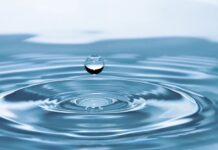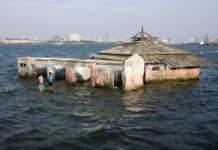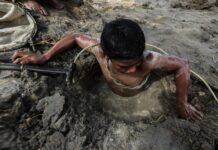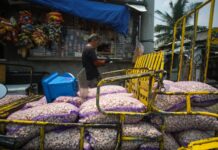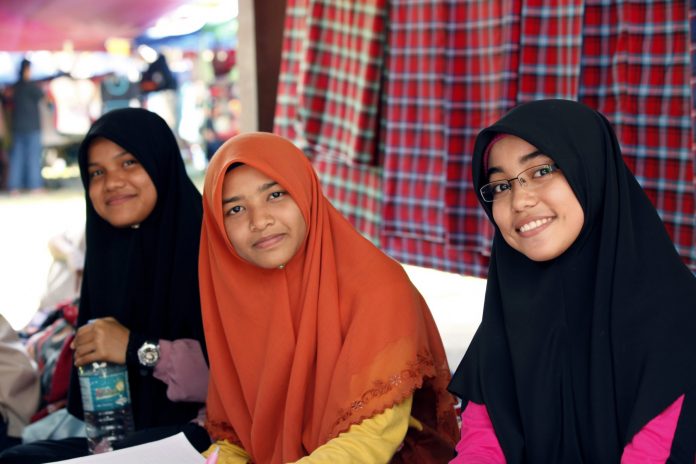
Helping the women of Asia
Text Jim Neale
There is a fresh current of optimism flowing from multilateral, development institutions these days and it’s taking the form of the new 17-point, UN Sustainable Development Goals (SDGs). Of these vital benchmarks, one in particular, Sustainable Goal No.5, pledges to eliminate all forms of discrimination and violence against women and girls throughout the world.
Ending Prejudice Against Women
These SDGs as they are called, have replaced the older UN Millennium Development Goals that expired in 2015. This will give institutions, humanitarian agencies and non-government organisations (NGOs) a 15-year horizon to attempt to end all prejudice and bias against women in society, and replace it with an ethos of empowerment and impartiality by 2025. The adoption and launch of this ambitious policy has been enthusiastically received in Asia by all the regional United Nations agencies and multilateral lending institutions, including the Asian Development Bank (ADB).
Addressing Sensitive Cultural Issues
The ADB has been at the forefront of women empowerment issues, deploying gender and development specialists who focus on discrimination throughout the Asia Pacific region. ADB has taken the initiative in its strategy and planning to achieve favourable results when addressing the ills of reproductive health, nutrition, infant mortality and violence against women. Many of these issues are highly sensitive, with traditions and cultures being a difficult roadblock to navigate when implementing these lofty aims. But breaking down barriers and building bridges of understanding are among the core beliefs of the Manila-based development bank, which has been operating in communities since 1966.
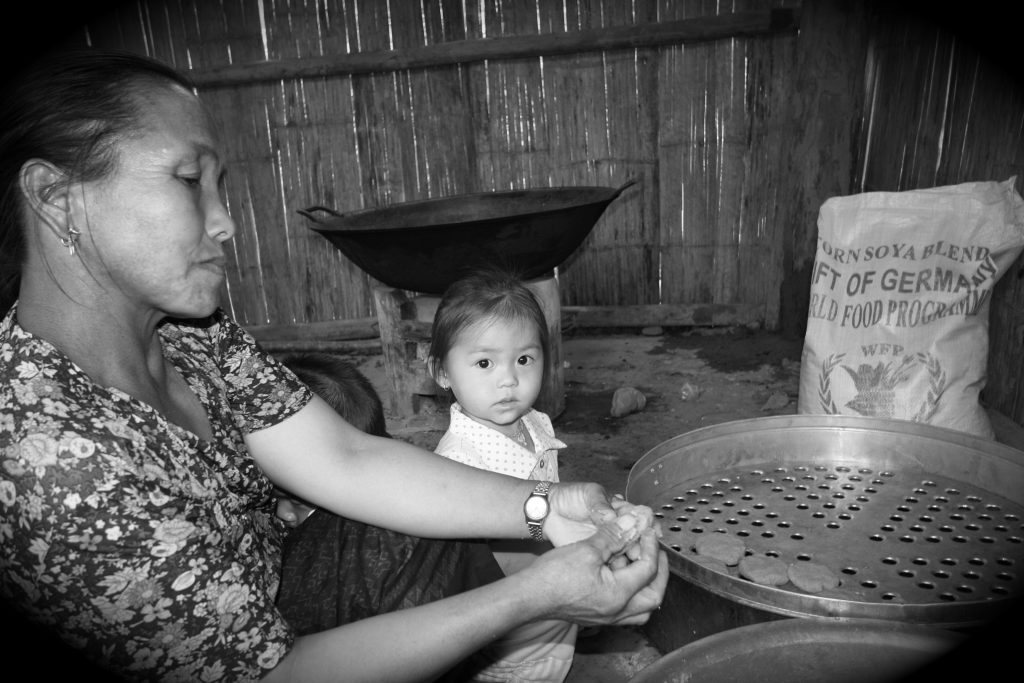
Severing the Cycle of Poverty
The United Nations World Food Program (WFP) is another organisation that is trying to sever the cycle of poverty and hunger at its roots, by creating a safe and supporting environment in which to elevate gender equality and to ensure safe access to food. It is often observed that women are more vulnerable than men during natural disasters and political upheavals. Consequently, WFP’s action plans specifically target the inclusiveness of women at the operational level during these emergencies. Sustainable gender programs like Food For Training (FFT), which can actually chart the income generating levels of women, will often follow post-disaster relief efforts. WFP identifies and prioritises gender-challenged areas in developing countries and quickly calibrates its response to build capacity and help resolve the problems of inequality that these women encounter.
Empowerment for All
Comprehensive studies by both the ADB and WFP have shown that by elevating the status of women through gender equality programs, a corresponding increase in the family’s economic standard will ensue. To achieve this outcome, a balance of cultural awareness and enlightened educational processes will be employed, to help assure that equitable opportunities and financial compensation is maintained. This proven strategy has been reinvigorated by these recent UN initiatives, and it is this momentum that will propel Asia and the Pacific forward into the 21st century. The empowerment of women means empowerment of all.
For more stories and photos, check out Asian Geographic Issue 118.


